By: Megan Finesilver, M.Ed.
Your five senses are truly amazing tools! They are constantly retaining memories that prepare your brain for new concepts. With the strong emotional ties and clear images that senses invoke, it’s logical to take a multisensory approach when teaching. In an early childhood classroom, the sand and water table is not only a favorite center choice; it’s a great way to utilize senses to ignite learning.
Three Things to Remember About Sensory Play
The scent of seafood can transport you to squawking seagulls as ocean water splashes your toes. Eating a hot dog can take you to your first major league baseball game; a sweaty leather glove glued to your hand, as you anxiously await a foul ball to come your way. Remember these three things about sand and water exploration in early childhood.
Messy Mistakes are Lessons Too!
Ms. Frizzle of the Magic School Bus frequently reminds her students to ‘Take chances, Make Mistakes, Get Messy!’ A sand and water table is an opportunity to follow all components of her advice. Without spilling sand, how would a child know about how much effort it takes to sweep it up? Without tipping over a water wheel, how would water quantities be understood? And without tasting sand, how would a child know that sand patties taste nothing like a sandwich? Each sensory scenario can be considered a mistake. These are all lessons engrained into a child’s memory that will determine how they’ll explore sand and water during their next opportunity.
Independent and Teacher Led Exploration
While playing at a sand and water table, children are unknowingly conducting experiments and developing problem-solving skills. Independent exploration allows students to form conclusions at their own pace and through their own approaches. Sand in your socks or spilling water on your clothes becomes an understanding of textures, temperatures and even quantity. A lesson on consistencies occurs when combining sand to water in different ways. Even transferring sand using containers instills knowledge of measurement and weight. Although the ECE learner might explore the sand and water independently, attaching vocabulary to the learning is still a crucial role of an instructor.
Teacher-led explorations at the sand and water table also initiates sensory discovery. Posing questions such as ‘How many scoops of sand does it take to fill a bucket?’ lead students on a measuring and volume investigation. Group challenges such as constructing a waterway through the sand box or creating a sand tunnel for boats to travel under helps students utilizes problem-solving skills. Social-emotional skills are also being developed as children communicate and learn to work together.
Nitty Gritty
There is no way to adequately describe the feeling of sand running through your fingers or the splashing noise of water through a water wheel. Just telling children about sandcastles is not the same as making them. It is a messy process that requires additional clean up time but multisensory exploration is invaluable. Playing at the sand and water table incorporates math, science, geography and motor skills that help create growth by experience. Most importantly, it is fun to roll up your sleeves, get messy and make memories.
Shop All Sand & Water Supplies
Shop All Sand & Water Furniture
More Early Childhood Learning & Play Ideas
If you’re looking for more ways to encourage exploration and play, be sure to head over to the Early Childhood topic page to see what’s new. From classroom activities to must-have and Teacher Favorite supplies, you’ll find great products in one place on the online store.

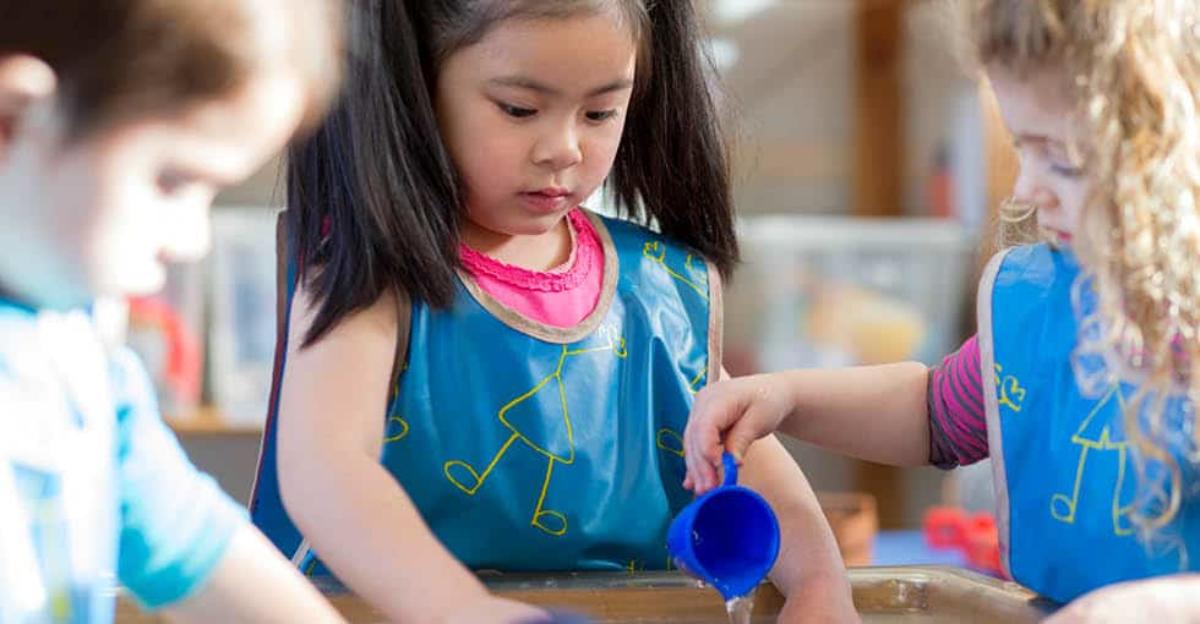
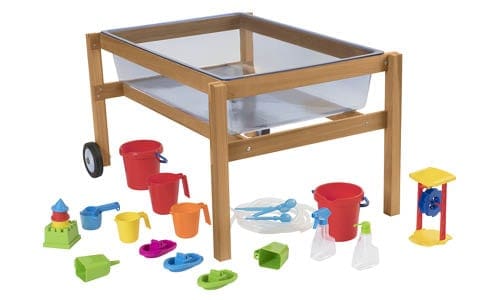
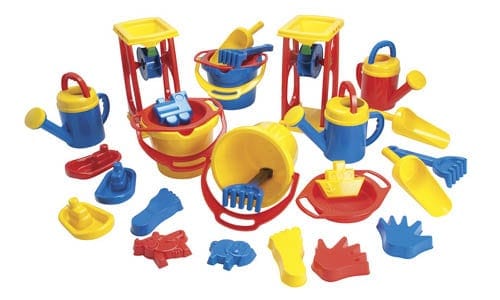
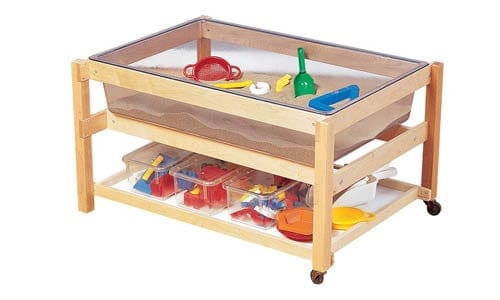


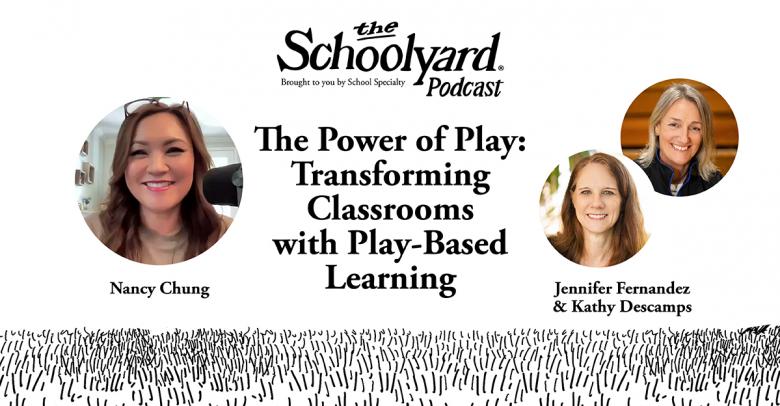

Leave a Reply